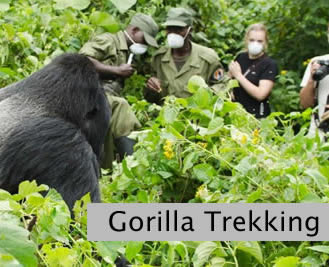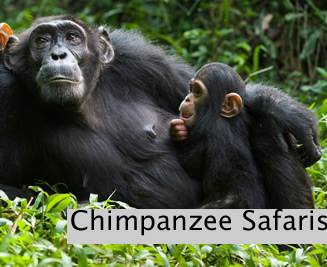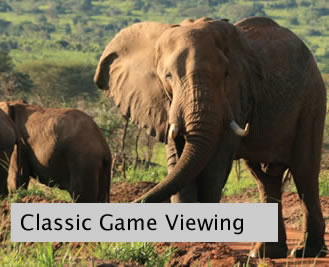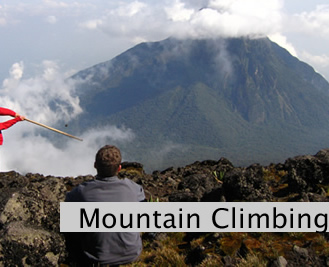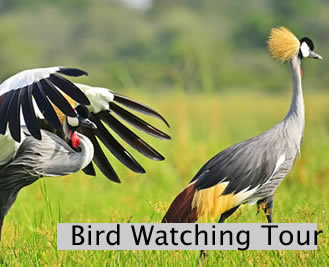Located in north eastern Uganda in the Karamoja region within the Mount Elgon Conservation Area Pian Upe Wildlife reserve is Uganda’s hidden gem worth exploring on your Uganda safaris. Pian Upe spreads over 2,788 square kilometers and it’s the second largest protected area in Uganda after Murchison falls National Park. The reserve was established in 1962 to promote wildlife conservation and diversify tourism products in the Pearl of Africa. Pian Upe wildlife reserve is located between Mount Elgon and Kidepo Valley National parks and it’s bordered by Bokoro and Matheneko game reserves.
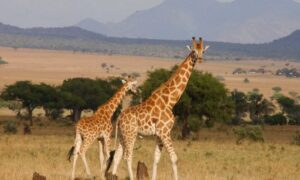 Pian Upe game reserve was first established as an animal sanctuary in 1958 but was later upgraded to a game reserve in 1960 and opened to tourists in 1962. The dominant vegetation in Pian Upe game reserve include savannahs and woodlands with perched red acacia trees. The diverse vegetation provide food and habitation to different wild animals and birds. Mbale is the closet town to Pian Upe game reserve and most travelers can spend their overnights in Mbale City. The drive time from Mbale to Pian Upe is roughly 2 hours. In most cases, Pian Upe game reserve is visited as a complement to Uganda safaris in Kidepo Valley National park which together make a complete safari package. The landscape in Pian Upe Game Reserve contain mountains, vast plains and rocky outcrops which favor habitation of various wildlife.
Pian Upe game reserve was first established as an animal sanctuary in 1958 but was later upgraded to a game reserve in 1960 and opened to tourists in 1962. The dominant vegetation in Pian Upe game reserve include savannahs and woodlands with perched red acacia trees. The diverse vegetation provide food and habitation to different wild animals and birds. Mbale is the closet town to Pian Upe game reserve and most travelers can spend their overnights in Mbale City. The drive time from Mbale to Pian Upe is roughly 2 hours. In most cases, Pian Upe game reserve is visited as a complement to Uganda safaris in Kidepo Valley National park which together make a complete safari package. The landscape in Pian Upe Game Reserve contain mountains, vast plains and rocky outcrops which favor habitation of various wildlife.
Wild animals in Pian Upe Game reserve
As said already, Pian up game shelters variety of wild animals both herbivores carnivores and omnivorous. Guided game drives in the savanna plains of the park offer you great views of these animals feeding, hunting and relaxing. Among the animals seen in Pian Upe game reserve include Lions, Elephants, Buffalos, Giraffes, Uganda kobs, Dik Dik, Waterbucks. Warthogs, Jackals, Duikers, Topis, Leopards. Cheetahs, Hares, Gazelles, Oribis and Rock Hyrax among others. More so, Pian Upe game reserve is home to primate such as Vervet monkeys, Patas, monkey and Olive baboons. Also, expect to see reptiles such as water snakes, Rock pythons, Puff udders and monitor lizards among others. Morning and evening is the best time for game viewing in Pain Upe Game reserve when animals are actively hunting, socializing, browsing and grazing
Birds in Pian Upe Game Reserve
With over 242 birds recorded in Pian Upe game Reserve is best for bird watching experience. Some of the notable birds seen in Pian Upe Game Reserve include ostrich, Secretary Sunbird, Karamajong Apalis, Shoebill Stork, white headed buffalo weaver, Abbysinian Ground Hornbill, Fox’s Weaver Birds, Jackson Hornbills. Ostrich is the famous bird, a focus for most birders in Pian Upe Game Reserve.
Best time to Visit Pian Upe Game Reserve
January to March is the best time to visit Pian Upe Game reserve. The season is generally dry which make it easy to view wild animals even from a distance. Also, animals gather at water pints to refresh during the dry season making it easy to spot them. Girik River located in the southern part of the reserve is the major source of water for animals in the Reserve. Also, during this season, Uganda Wildlife Authority does bush burning in the reserve to enable new fresh grasses to grow which make the scenery beautiful for photography and viewing.
Threats to Pian Upe Game Reserve
Human encroachment and habitat loss is the major thereat in Pian Upe game reserve. Local people living adjacent to the game reserve have continually encroached on the game reserve land to expand on their land for settlement and population. Human wildlife conflict has also been a common challenge in Pian Upe Game Reserve. Poaching by Kenyan herdsmen in the borders of Pian Upe Game Reserve is another great challenge.
People also ask
In which district is Pian Upe Game Reserve?
Pian Upe Game Reserve is located in Nakapiripiriti in North eastern Uganda in the Kalamajong region. The reserve can be easily accessed by road and the drive time from Kampala is roughly 7 hours. Mbale is the closest town which is roughly hour’s drive from the game reserve.
What is the history of Pian Upe Game Reserve?
The reserve was at first established as Debasian animal sanctuary in 1958. The southern part of the reserve near Greek river was managed by a government body to be used for agricultural and farming. However, this put a threat to wild animals which forced Uganda Wildlife Authority to convert Pain Upe into a game reserve to promote wildlife conservation and sustainable tourism.
What is the biggest game reserve in Uganda?
Murchison Falls Park located in north western Uganda is the biggest game reserve in Uganda covering 3840 square kilometers of Land. Pian Upe is the second biggest in size covering 2275 square kilometers followed by Queen Elizabeth National park spreading over 1,978 square kilometers. Murchison falls National Park is famous for having a high concentration of wild animals and birds. The top activities done there include game viewing, boat cruising, bird watching, chimpanzee trekking in Budongo forest and community tours.
Which game park is found in the North eastern part of Uganda?
Kidepo Valley National park is located in north eastern Uganda in the kalimajong region and it’s the least visited park in the Pearl of Africa. The park is located 571.5 kilometers from Kampala which takes roughly 10 hours via Kampala Gulu Highway. When driving using Kampala Jinja highway, the distance is 593.9 kilometers which take roughly 12 hours of driving. If using Kampala Hoima highway, Kidepo Valley Park is 660.5 kilometers from Kampala which takes roughly 12 hours and 30 minutes of driving.
Which is the smallest game reserve in Uganda?
Mgahinga Gorilla National park located in kisoro district south western Uganda is the smallest park in Uganda. Mgahunga spreads over 34 square kilometers of land and its home to the endangered mountain gorillas and golden monkeys hence the slogan “Where Silver meets Gold”. Also, Mgahinga shelters three of the eight volcanoes in the Virunga Conservation Area. These there volcanoes in Mgahinga Gorilla Park include Mt Sabyinyo, Mt Gahinga and Mount Muhabura. The popular activities in Mgahinga Gorilla National park include gorilla trekking, Golden monkey trekking, Volcano climbing and Batwa cultural trail.
What is the first private game reserve in Uganda?
River Aswa wildlife conservancy is the private game reserve in Uganda and it’s located in Murchison Falls National park.
Which game park is most visited in Uganda?
Queen Elizabeth, the second largest National park in Uganda is the most visited and receives the highest number of travelers on Uganda safaris. The park has a vast biodiversity comprised of savannahs, forest, woodlands and swamps which all provide food and habitation for various wild animals and birds. Also, Queen Elizabeth National park offers a long list of activities such as game viewing, boat cruise at Kazinga Channel, Bird watching, chimpanzee trekking in Kyambura Gorge, Lion tracking and community tours among others
What are the game reserves in Uganda?
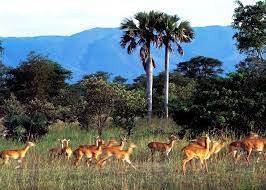 Uganda has 12 game reserves located in different parts of the country. The list of game wildlife reserves in Uganda include:
Uganda has 12 game reserves located in different parts of the country. The list of game wildlife reserves in Uganda include:
- Ajai Wildlife Reserve
- Bokoro Corridor Game Reserve
- Bugungu Wildlife Reserve
- Kabwoya Wildlife Reserve
- Kyambura Wildlife Reserve
- Kigezi Wildlife Reserve
- Karuma Wildlife Reserve
- Katonga Wildlife Reserve
- East Madi Wildlife Reserve
- Matheniko Wildlife Reserve
- Toro Semliki Valley National park
- Pian Upe Game Reserve
In conclusion, Pian Upe Game serve is a hidden gem worth exploring on your Uganda safari. Contact Superfine Safaris, book your Uganda Safari and explore the treasures of Pian Upe Game Reserve.

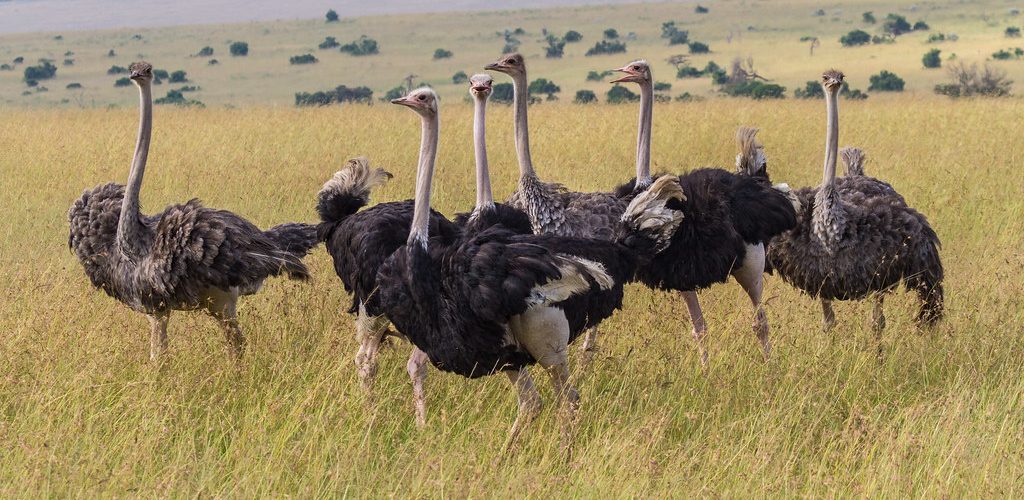
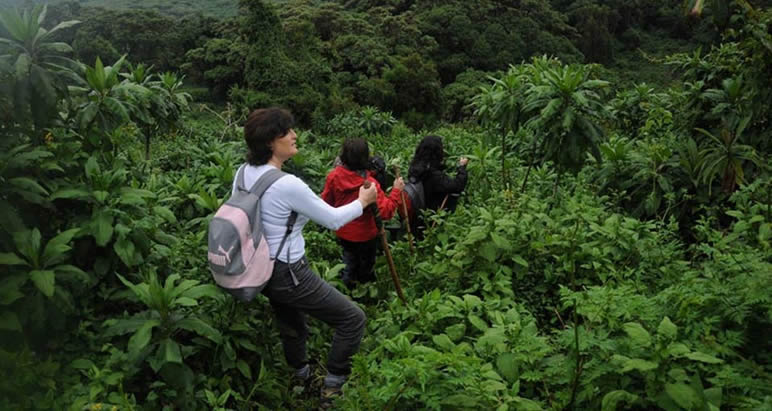
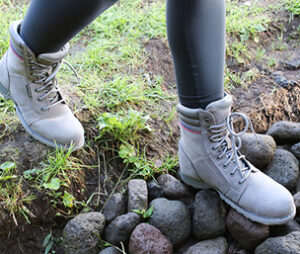 Wear closed shoes and gardening gloves
Wear closed shoes and gardening gloves